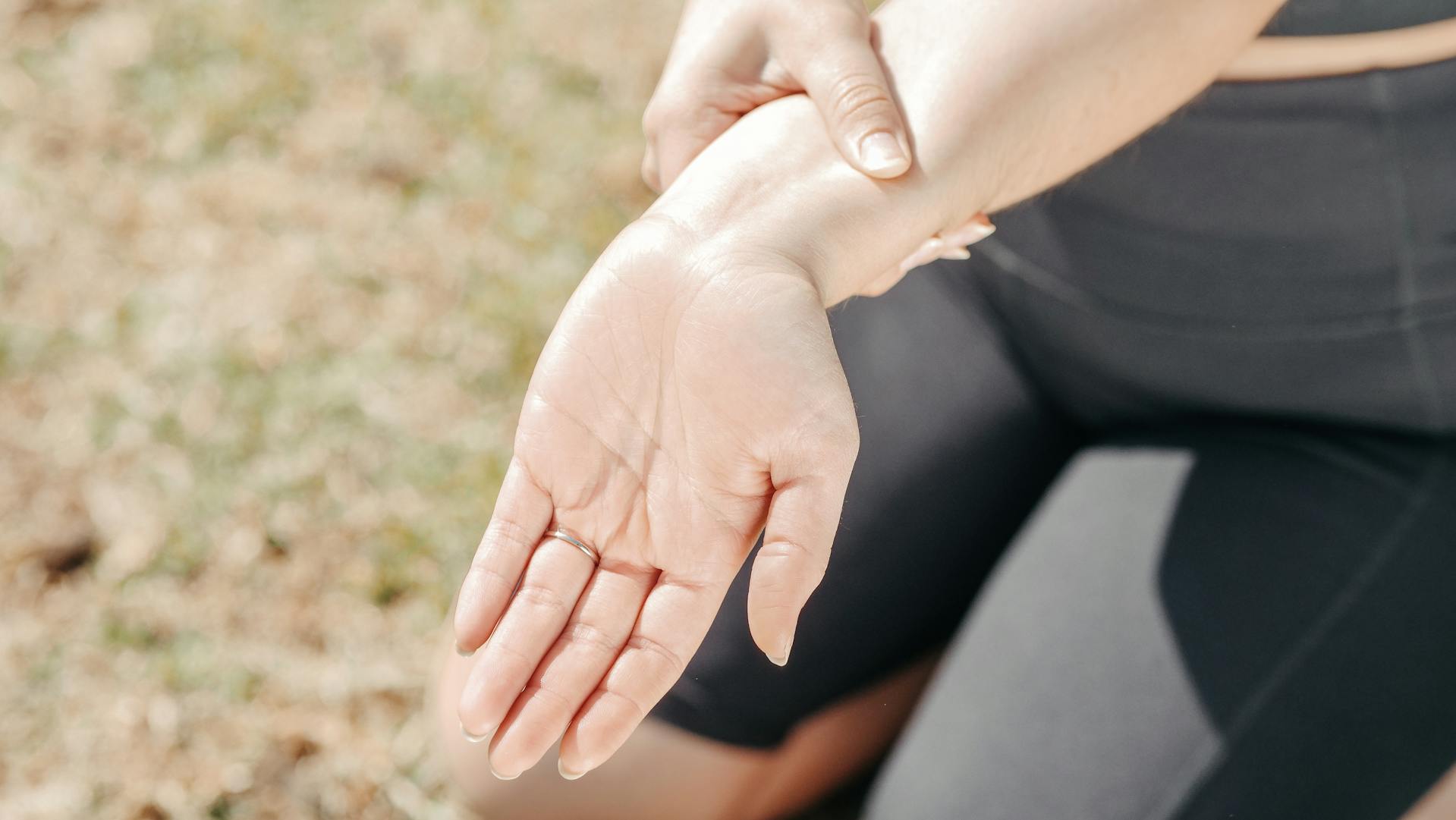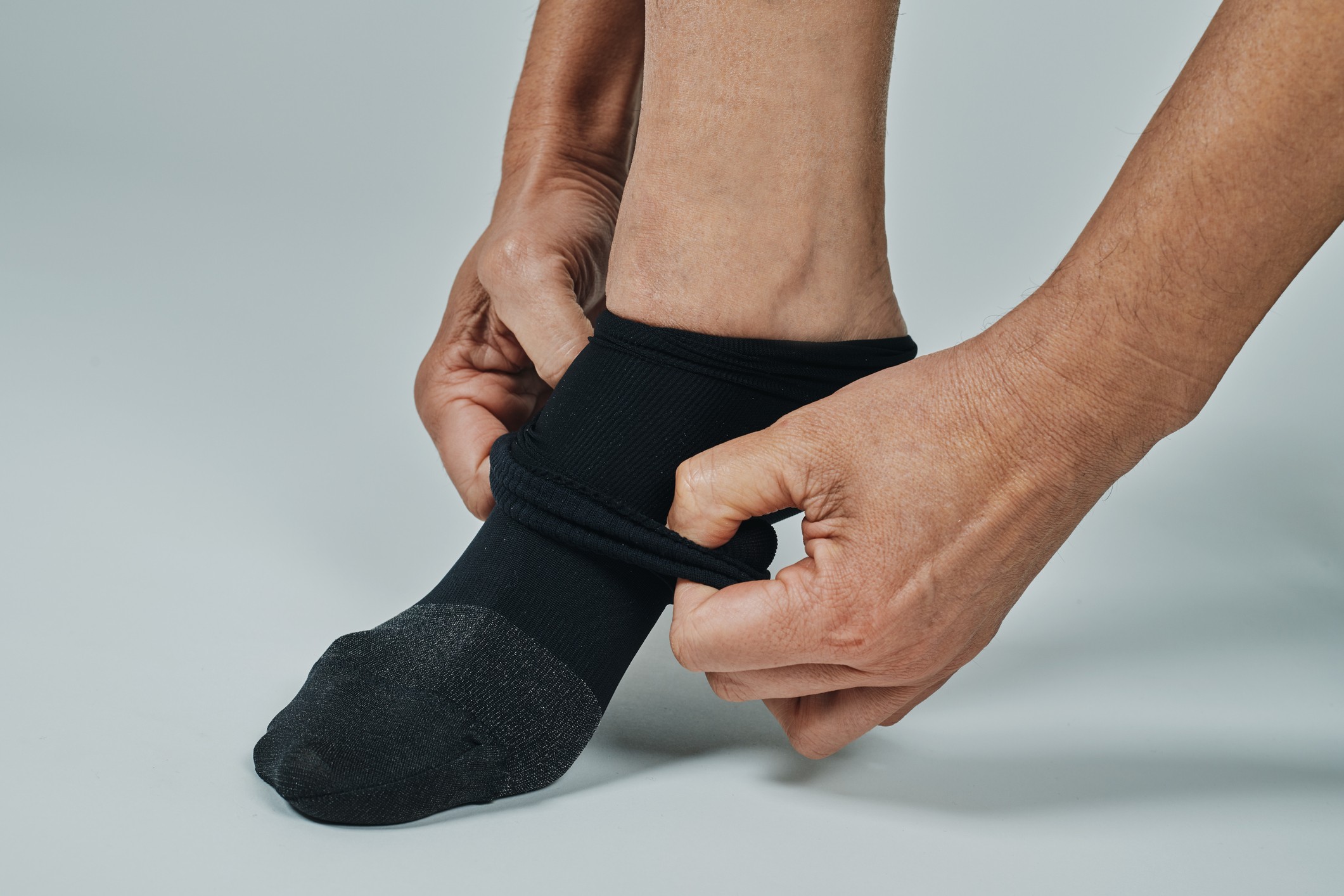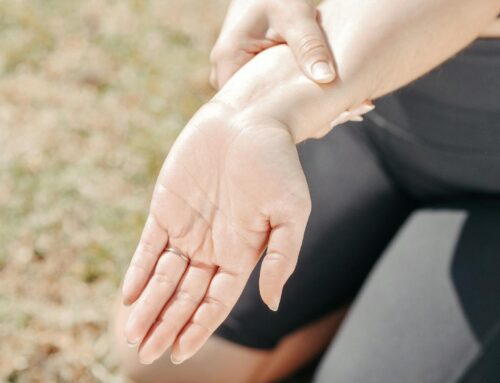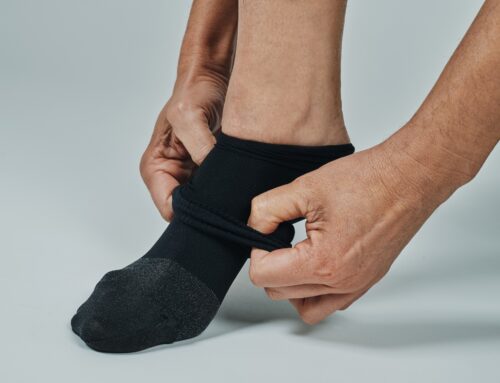Oedema is swelling caused by excess water in the body. It usually occurs in the lower limbs, known as edema. The disorder causes an increase in the pressure of body fluids which can result in pain, muscle cramps, and the inability to walk or bear weight on your toes.
What are the Symptoms?
The following are the symptoms of Oedema:
- Decreased urine production
This symptom occurs when the Oedema fluid has built up and blocked the urine flow. - Vein distension
This symptom is typically due to swelling in the feet and legs. - Weight loss
Considerable weight loss can also be a symptom of Oedema. This is because a large amount of fluid is retained in the body. - Decreased mobility
A patient that suffers from Oedema will have decreased mobility. This is because muscles and ligaments are often swollen, making daily activities difficult. - Sores on feet
The Oedema fluid is often trapped between the toes and tends to thicken, usually resulting in sores. These sores are painful, hard to heal, and may even lead to infections such as gangrene. - Puffiness of the eyes
- When the Oedema fluid is distributed through the body, it also moves toward the face. The eyes swell and can appear puffy.
What Causes Oedema?
The causes of Oedema include prolonged standing, sitting, or lying down. This causes the feet to swell and the blood vessels to be compressed. Several medical conditions can also cause Oedema in the legs and feet.
- Heart failure
This occurs when the heart muscle cannot pump blood around the body. During heart failure, circulation is further restricted in the legs, feet, and other body parts. This can result in Oedema because of less blood circulating. - Diabetes
Diabetes involves poor control of carbohydrate metabolism in the body. This can result in an inability to produce enough insulin or glucose, increasing blood pressure and volume of Oedema fluid to high levels. - Kidney failure
This is a condition where the kidneys do not function well. The Oedema fluid can accumulate in the legs and feet, causing swelling. It may also prevent urine production, resulting in less fluid collecting in the legs. - Thoracic outlet syndrome
In this medical condition, neck and upper back muscles become inflamed, restricting blood flow to body parts, including the legs and feet. This can lead to Oedema.
How to Prevent Oedema
The following are some measures you can take to prevent Oedema:
- Get up regularly
Avoid prolonged periods of sitting, lying down, or standing. Move around every half an hour to keep the blood flowing through your legs and feet. Prolonged standing or sitting can result in Oedema as it restricts the blood flow through the legs and results in fluid building up in your legs and feet. - Be active
Regular physical exercise will improve blood circulation to your legs, reducing the chances of developing Oedema. - Avoid wearing tight shoes
Wearing narrow shoes can restrict venous return and increase the pressure in a leg due to ankle swelling. Avoid wearing high heels, which also increase pressure on the legs and feet as it limits ankle movement. - Elevate the legs
Elevating the legs reduces swelling, improves blood flow, and lowers the risk of edema. Sitting on a couch or chair with your feet supported achieves this elevation. It is best to avoid elevating your feet to prevent tiredness and cramping, as this may increase pressure in a leg.
What is Compression therapy?
It is a form of alternative medicine that utilizes garments with elastic to apply pressure to promote the return of venous blood flow and reduce Oedema. The garments use stretchable fabric that expands under pressure and contracts when pressure is removed.
Compression therapy for edema is most commonly used when other measures, like ice baths, leg elevation, and anti-emetic medication, fail. Compression garments can reduce the swelling immediately after application and up to five days afterward if continued. This method reduces the volume of Oedema fluid.
How is Compression Therapy Used?
There are many types of compression therapy for Oedema; socks, stockings, bandages, and pneumatic compression pumps.
- Socks
This is the most commonly used method for compression therapy for Oedema. The patient wears a thin sock with elastic around the toe and heel. The hose tapers towards the middle of the foot and fits snugly to prevent fluid from moving up the legs. - Stockings
A compression stocking is a thicker version of the socks and is wider at the toe and lower part of the leg to use on foot. They are worn with elastic around the ankle to be pulled up to cover the heel and toes. - Bandages
these come in different sizes and gauges. They fit into small compartments and wrap around the leg to squeeze out fluid. It reduces the amount of fluid taken up by the skin and pulls the blood vessels toward the skin’s surface, allowing better blood flow. - Pneumatic pumps
External pumps worn on the upper arms apply pressure to the limb, preventing fluid accumulation and reducing edema. The pump connects to an oxygen tank or compressed air tank.
What are the Benefits of Compression Therapy?
Compression therapy for Oedema is commonly used to treat venous insufficiency, swelling and pain in the legs, and even venous ulcers. It also improves circulation by decreasing fluid membranes caused by standing or sitting in one position for a long time.
- Prevents motion sores
Compression therapy prevents wounds from becoming inflamed, infected, and painful. It also helps to promote better healing of wounds. This controls blood pooling in the veins, typically when a person is seated or lying down. - Improves capillary flow
As a result of increased circulation, the skin becomes healthier as more nutrients and oxygen reach it. This helps improve skin conditions such as rashes, bruises, and swelling. It also increases the number of nutrients reaching your body’s tissues, which helps prevent future injuries or illnesses. - Prevents radiation damage
It helps in the prevention of radiation damage by helping to improve blood flow. This can prevent people from developing Oedema and lessen their irradiation time. It will also limit the damage to tissues and organs. - Lessens fatigue
Reduces fatigue levels by increasing capillary return from the extremities towards the heart, making it easier for your body to eliminate waste products and prevent tiredness and exhaustion. - Improves sleep
Increases sleep quality by slowing heart rate, improving blood circulation, and reducing muscle damage and pain. This helps to reduce fatigue and enhance athletic performance and physical recovery.
Compression therapy for Oedema is a non-invasive and cost-effective treatment that is beneficial in many ways. It will help you to recover faster and prevent the swelling from worsening.
Share This Story, Choose Your Platform!
We specialize in orthotics, body braces, and compression wear tailored to your unique needs in Toronto. Reach out to us at info@caremed.care or call 416-782-5353 to book your fitting and consultation.
Experience the difference of customized solutions designed just for you.











